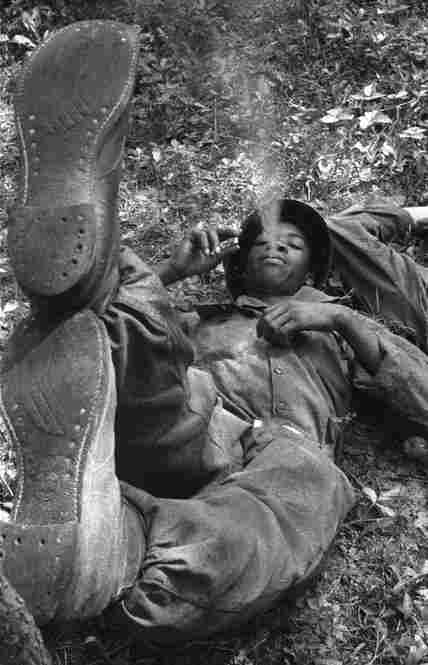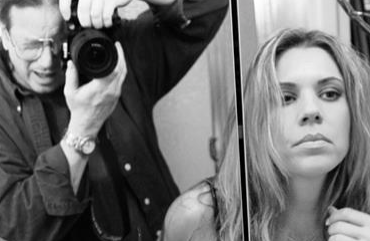By Bill Dobbins
http://www.billdobbinsphotography.com According to Harold Feinstein, Coney Island represented a melting pot that allowed him to show what real life for Americans was really about. Credit: Harold Feinstein © Harold Feinstein Photography Trust THE MASTER STREET PHOTOGRAPHER
Although small cameras became available at the turn of the 20th century, allowing for candids and snapshots not possible with larger ones, the real era of street photography was initiated when Leica introduced the first modern version of its 35MM camera. This device allowed legends like
Henri Cartier-Bresson to create his iconic body of work and was one of the cameras (along with the Rollieflex and others) to allow photojournalists to document their times like never before.
It was largely this kind of camera and this kind of photography that made the creation of Life Magazine possible and successful in 1936. This was the first time the country (and the world) had a chance to look at itself and how it lived fully illustrated by photographs.
Harold Feinstein was born in Coney Island in 1931, just at the beginning of this photographic revolution. He then pursued a five-decade career devoted primarily to BW photographs in the New York School tradition. However, unlike the celebrity achieved by a Cartier-Bresson, Feinstein’s work has been relatively obscure but it is now that the full extent of his achievements and his contribution to the history of photography are becoming more fully appreciated.
Credit: Harold Feinstein © Harold Feinstein Photography Trust Credit: Harold Feinstein © Harold Feinstein Photography Trust Lady Snake Charmer. Credit: Harold Feinstein © Harold Feinstein Photography Trust
He began his career in photography in 1946 at the age of 15 and within four short years, Edward Steichen, an early supporter, had purchased his work for the permanent collection of the Museum of Modern Art (MoMA). He joined the Photo League at 17 and became a prominent figure in the vanguard of the early New York City street photography scene where he exhibited at
Helen Gee’s Limelight Gallery and was a designer for historic
Blue Note Records . He was one of the original inhabitants of the legendary
“Jazz Loft,” which he later turned over to his long-time collaborator and colleague W. Eugene Smith for whom he designed the original lay-out of the famous
Pittsburgh Project .
You must photograph where you are involved; where you are overwhelmed by what you see before you; where you hold your breath while releasing the shutter, not because you are afraid of jarring the camera, but because you are seeing with your guts wide open to the sweet pain of an image that is part of your life. Harold Feinstein
Like most of the great photographers, Harold Feinstein was all about photography as
doing a job of work. The craft. The effort. “The key,” he was recorded saying, “is to do it. Not to study it, but to do it. You learn to be a photographer by being a photographer. You move right into it. You do it because you love the process, you love the process of getting there.”
Feinstein’s major project was the extensive portfolio of images he created of
Coney Island. Other photographers took their cameras to Coney Island but nobody else looked at life there as extensively or in the depth that Feinstein did. Coney Island with its boardwalk, rides and amusements was a rare melting pot in which all the cultures and ethnicities of the New York City environment met and interacted. So it represented a special opportunity for Feinstein to capture a unique series of photographs documenting an aspect of American life at that particular time and place.
Credit: Harold Feinstein © Harold Feinstein Photography Trust Credit: Harold Feinstein © Harold Feinstein Photography Trust Credit: Harold Feinstein © Harold Feinstein Photography Trust Credit: Harold Feinstein © Harold Feinstein Photography Trust
” I wanted to show life as it was,” explained Harold Feinstein. “I was told that Coney Island was ‘too provincial.’ Too provincial? As far as I was concerned it was the center of the planet!” The gritty, stressful environment he chose to work in he considered archetypal and full of elements like charm, love, hopefulness and the power of the human spirit.
On one hand, you want to see your subject well. On the other hand, you want to be caught off guard to retain the spontaneity. If you know your subject too well you stop seeing it.
Harold Feinstein
Credit: Harold Feinstein © Harold Feinstein Photography Trust
“The thing about Coney Island is not how did you get a picture, but how did you avoid it? There was something happening all over. There were people from all over, American and European, rich and poor, white, black and Asian. So it was a true spectacle of what America was.”
Nowadays, when virtually everybody has some kind of camera such as a smartphone on hand, and billions of new images are shot on a regular basis,
there is concern that street photography as we have known it is a dying craft. Certainly, floods of digital images showing up online in such services as Instagram and Twitter are making their appearance. But are we seeing an abundance of extraordinary documents of real life that will achieve the iconic significance of photos like those shot by masters like Harold Feinstein?
Not likely. Because great photos are not shot by somebody with a camera. They are shot by a
photographer with a camera.
Credit: Harold Feinstein © Harold Feinstein Photography Trust
___________________________________________________________________________
LATER WORK AND CAREER
In 1998, Feinstein broke new ground as one of the first photographers to utilize a scanner as a camera (a technique now termed scanography). His first book of images using this technique,
One Hundred Flowers (2000), is in its third edition and was followed by six other books of large format color digital imagery published by Little, Brown and Company. His seminal work in this arena earned him the Computerworld Smithsonian Award as a pioneer in digital photography in 2000.
Credit: Harold Feinstein © Harold Feinstein Photography Trust
He is also renowned as a teacher. In his early 20’s he began teaching in New York City. Former
New York Times photo critic A.D. Coleman calls him
“…one of a small handful of master teachers whose legendary private workshops proved instrumental in shaping the vision of hundreds of aspiring photographers.”
In addition to his private workshops held in his studio, he has taught at the University of Pennsylvania’s Annenberg School of Communications, Philadelphia Museum School, School of Visual Arts, the University of Massachusetts, Maryland Institute of Art, Windham College, and College of the Holy Cross.
Long shadows of cars and silhouetted passersby are seen from an elevated train platform, New York, 1950. The strong graphics in this mage are very much in the tradition of Paul Strand . Credit: Harold Feinstein © Harold Feinstein Photography Trust
Feinstein is best known for his six-decade engagement with Coney Island. His 1990 show at the International Center for Photography (ICP) entitled
A Coney Island of the Heart: Five Decades of Photographs elicited this review from A.D. Coleman:
In the last decade of his life, Feinstein was gratified to witness a renaissance of his earlier work. In 2011, the Griffin Museum of Photography presented him with the
Living Legend Award . His first black and white monograph,
Harold Feinstein: A Retrospective (Nazraeli, 2012) won a coveted PDN (Photo District News) Annual Award in 2013 in the best photo books category.
Feinstein died on June 20, 2015 at his home in Merrimac, MA at the age of 84.
Recent exhibitions in the U.S., Europe, Russia and China have continued to stimulate new interest in his long career, and an international touring museum retrospective is now in the planning stages. A documentary about his life and work,
Last Stop Coney Island , will premiere in 2018.
Feinstein’s photographs have been exhibited in and are represented in the permanent collections of major museums around the globe including the Museum of Modern Art, International Center of Photography, George Eastman House, Museum of Photographic Arts, Center for Creative Photography, Musée d’Art Moderne, the Jewish Museum, and the Museum of the City of New York. His portfolios, photo essays, and articles have been published in major periodicals including,
LIFE, Aperture, Black and White, Camera Arts, The New York Times Magazine, American Photo, Oprah Magazine, Evergreen Review, Photography Annual, Modern Photography and
Popular Photography .
When he passed away in June, 2015, the
New York Times declared him:
“One of the most accomplished recorders of the American experience.”
HAROLD FEINSTEIN PHOTOGRAPHY WEBSITE
Although Harold Feinstein is well known for his street photography,
during his long career he did photos in many categories, both color and BW.
Check out more of his work on his website
**********************************
Bill Dobbins is a pro photographer located in Los Angeles. He is a veteran photographer and videographer who has exhibited his fine art in two museums and a number of galleries and who has published eight books, including two fine art photo books:
The Women: Photographs of The Top Female Bodybuilders (Artisan)
Modern Amazons (Tashen)
WEBSITES
BILL DOBBINS PHOTOGRAPHY
www.billdobbinsphotography.com
BILL DOBBINS ART
www.billdobbinsart.com
FEMALE PHYSIQUE SITES
www.billdobbins.com
EMAIL:
billdobbinsphoto@gmail.com
Man smoking in diner, 1974. Credit: Harold Feinstein © Harold Feinstein Photography Trust Credit: Harold Feinstein © Harold Feinstein Photography Trust Credit: Harold Feinstein © Harold Feinstein Photography Trust

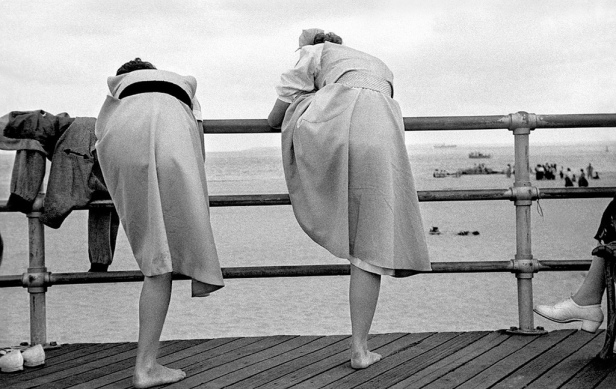
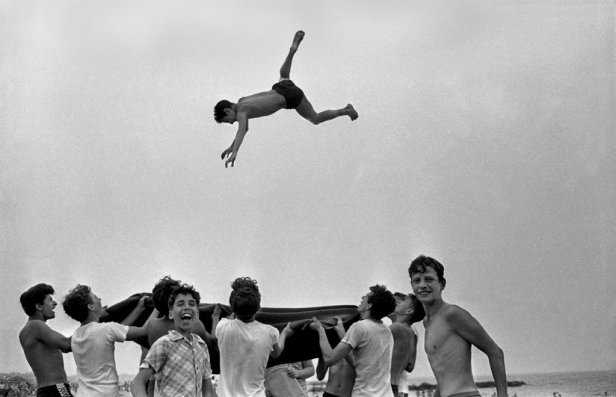






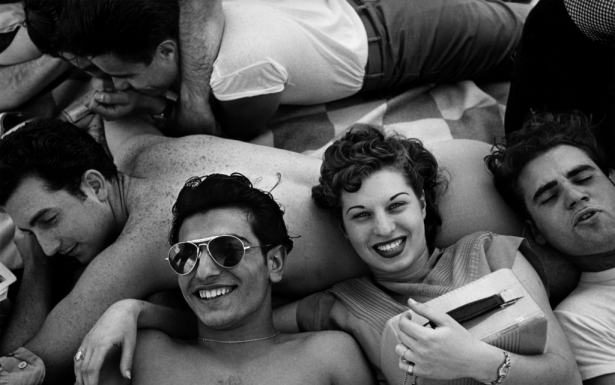

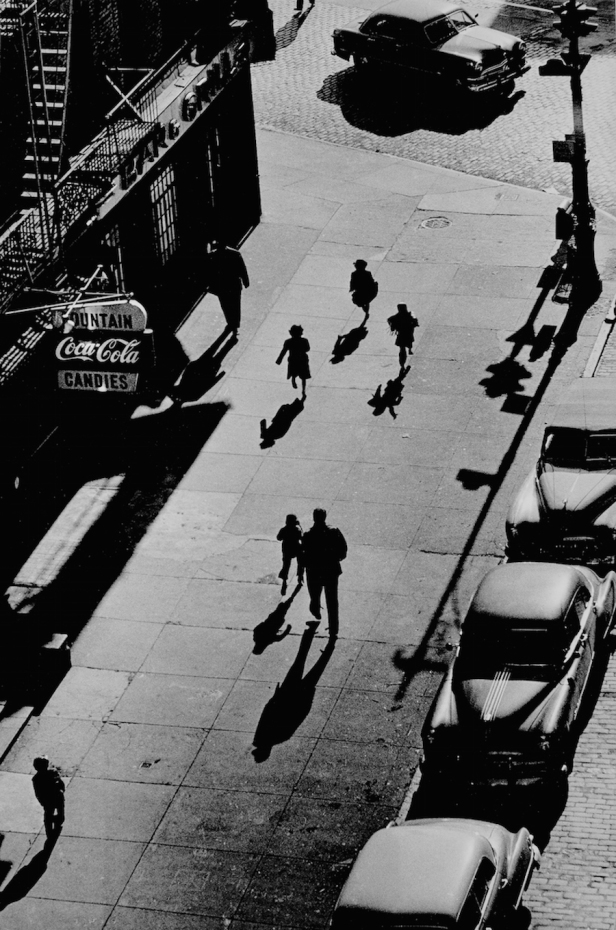
 HAROLD FEINSTEIN PHOTOGRAPHY WEBSITE
Although Harold Feinstein is well known for his street photography,
during his long career he did photos in many categories, both color and BW.
Check out more of his work on his website
HAROLD FEINSTEIN PHOTOGRAPHY WEBSITE
Although Harold Feinstein is well known for his street photography,
during his long career he did photos in many categories, both color and BW.
Check out more of his work on his website
 Bill Dobbins is a pro photographer located in Los Angeles. He is a veteran photographer and videographer who has exhibited his fine art in two museums and a number of galleries and who has published eight books, including two fine art photo books:
The Women: Photographs of The Top Female Bodybuilders (Artisan)
Modern Amazons (Tashen)
WEBSITES
BILL DOBBINS PHOTOGRAPHY
www.billdobbinsphotography.com
BILL DOBBINS ART
www.billdobbinsart.com
FEMALE PHYSIQUE SITES
www.billdobbins.com
EMAIL: billdobbinsphoto@gmail.com
Bill Dobbins is a pro photographer located in Los Angeles. He is a veteran photographer and videographer who has exhibited his fine art in two museums and a number of galleries and who has published eight books, including two fine art photo books:
The Women: Photographs of The Top Female Bodybuilders (Artisan)
Modern Amazons (Tashen)
WEBSITES
BILL DOBBINS PHOTOGRAPHY
www.billdobbinsphotography.com
BILL DOBBINS ART
www.billdobbinsart.com
FEMALE PHYSIQUE SITES
www.billdobbins.com
EMAIL: billdobbinsphoto@gmail.com


